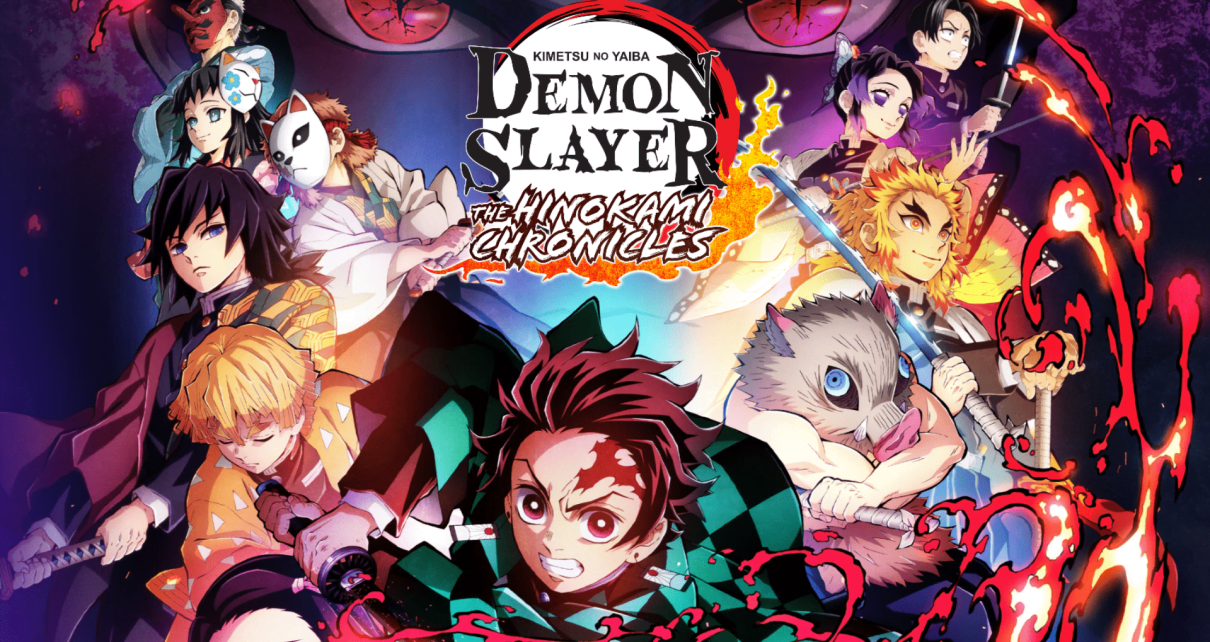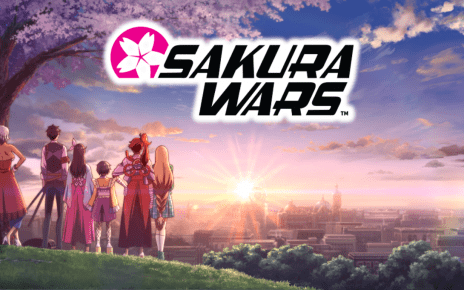In the last decade, anime licensed games have evolved substantially! What was once a breeding ground for sub-par titles that only used a license to sell extra copies has grown into some of the most successful and popular games in the industry! This paradigm shift was all thanks to one studio that aimed to push the limits of what licensed games could accomplish with their phenomenal adaptation of the Shonen Jump property, Naruto. For the better part of a decade, CyberConnect2’s Naruto Ultimate Ninja Storm series made an immediate impression with its gorgeous visuals and love for the source material, which led to a game series that sold a staggering 15 million copies across 6 installments! Any game trying to capture the same charm of this series is no easy task, but Demon Slayer: The Hinokami Chronicles is the spiritual successor fans like me have been waiting for.
Demon Slayer: The Hinokami Chronicles is a 3D arena fighting game developed by CyberConnect2 and was published by SEGA. Based on the original manga by Koyoharu Gotouge, the series has become one of Shonen Jump’s most successful series. With an anime adaptation by ufotable, the highest-grossing anime film as of 2021, and now, a console video game from a renowned developer, it’s clear that Demon Slayer is a big deal in the anime community! The stars are aligned for Demon Slayer: The Hinokami Chronicles to be a great time, but can its console debut clear this incredibly high bar?
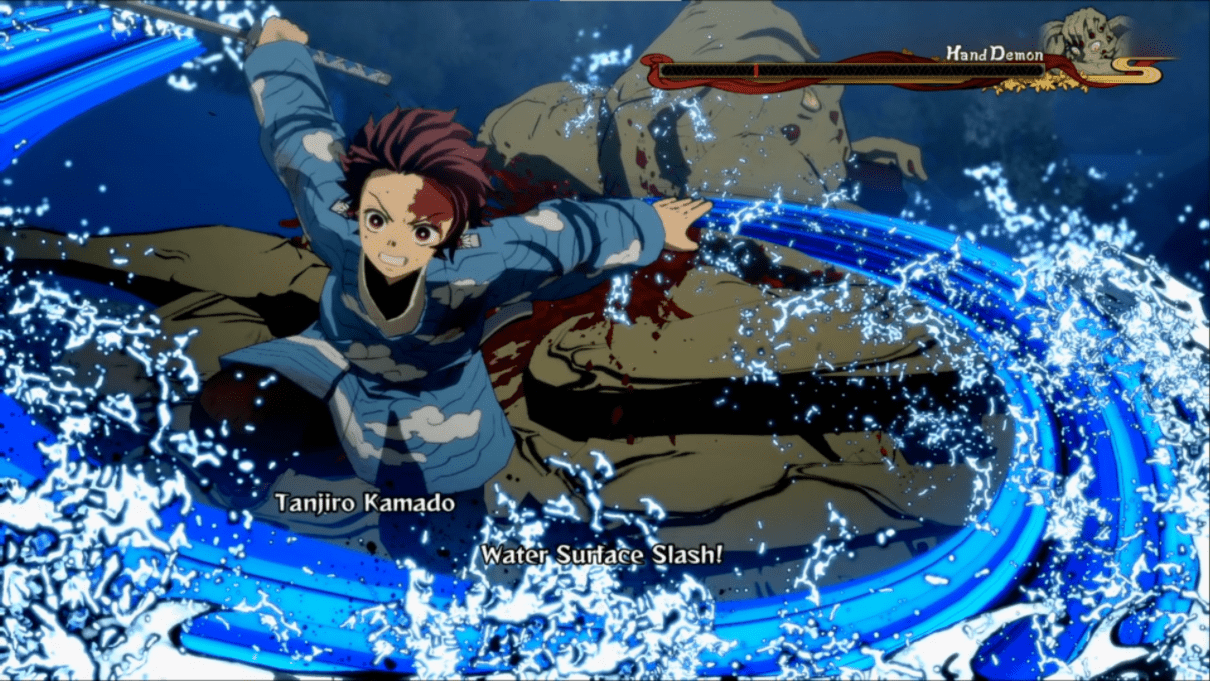
Story
Demon Slayer: The Hinokami Chronicles retells the events from the Tanjiro Kamado, Unwavering Resolve Arc up to the Mugen Train arc. You take control of Tanjiro Kamado, whose world is turned upside down when he discovers his entire family has been murdered by a demon. The sole survivor is his sister, Nezuko, though he soon learns that while Nezuko’s life was spared, she was transformed into a demon. With newfound resolve, Tanjiro aspires to become a Demon Slayer to not only kill the demon who slaughtered his family but to also find a way to turn Nezuko back into a human.
I’ll admit that I’m not the biggest fan of Demon Slayer. Not to say the story is bad because it isn’t; it’s your traditional Shonen setup with a resolute main character and a goal to motivate them throughout the series. Not a poor effort, but I’ve seen similar stories many times before. With that said though, what makes Demon Slayer stand out and why I think it’s so popular is because of its eclectic character cast. A lot of them are a joy to watch, whether it be Zenitsu having severe panic attacks over the most mundane things, Inosuke being a parody of other shonen protagonists who think of nothing but fighting, Shinobu’s constant positive demeanor to the point where it’s almost disturbing, and the list goes on! This also extends to the many antagonists Tanjiro is forced to combat, who regularly have a sympathetic backstory to shed light on why they act the way they do.
Sadly, the weakest among them is our hero, Tanjiro. I didn’t hate him, but he’s just not that interesting. His unique traits extend to having a strong sense of smell, a hard head that’s regularly used to headbutt people, and… that’s it. As you might expect, he has the tenacity to never give up and has a good heart, but these kinds of traits are a dime a dozen for protagonists in this genre. What sets him apart though is that his motivation is an altruistic one and he always thinks about others before himself, even to the point of regularly sympathizing with the demons he defeats. It really helps us get behind him and his development! And before you ask, yes. Nezuko is absolutely adorable and despite the fact that she barely says anything, she serves as the emotional core of the story and I wanted to see her return to normal.

Now comes the big question: does Demon Slayer: The Hinokami Chronicles serve as a good way to experience the story for the first time? The answer is a little complicated. All the important beats in the story are covered within the game’s narrative, though it is definitely an abridged retelling. Though I do like that the game offers an optional way to see scenes not covered in the game with something called Memory Fragments. Where this sort of fumbles is due to some of them becoming unlocked much later in the game, so scenes near the start of the story are locked off until you reach a later point in the game’s narrative. It doesn’t make much sense. Regardless, the game is a solid way to get a condensed version of the Demon Slayer story!
Gameplay – Story Mode
Each arc in Demon Slayer: The Hinokami Chronicles is separated into chapters and in order to finish the game, you’ll need to finish all eight chapters. It’s recommended that you do so, as it’s the easiest way to unlock all the characters and stages you’ll use in the game’s versus mode. It’s unfortunate then that the quality of the story mode isn’t exactly consistent. On Tanjiro’s quest to save his sister, he’ll often find himself exploring unique environments, jumping across rooftops, and sliding under shrubbery. Sounds interesting, right? Sadly, these exploration sections are the weakest aspect of the campaign. Those interactive elements I just described can only be done in pre-determined locations, which was an odd choice, given how agile the characters you’ll control are in cutscenes. Compounding this problem is how your character moves at a frustratingly slow pace, with no way to increase your movement speed. There are side quests you can tackle, but to call them side quests is quite generous. They all comprise of talking to certain people or interacting with objects, all of which are marked on your map, removing some of the enjoyment of thoroughly exploring each environment.

It doesn’t help that the story is often poorly paced too, with you often having to watch a truckload of cutscenes, along with the previously explained exploration sections before you end up fighting any demons. Thankfully, the times when you’re forced to unsheath your sword lead to the best aspects of the campaign! This is especially true with the game’s fantastic boss battles! All of these fights add a unique element to spice up the combat, whether it be using your movement options to dodge big attacks or fighting more than one boss simultaneously. All of these fights also end with an immaculately crafted interactive cutscene with CyberConnect2’s now-famous quick-time event sequences. A bit of a nitpick here, but as good as these finishing sections of boss fights are, I was disappointed to learn that some of these quick-time event sequences only require one or two button presses, which is much unlike CyberConnect2’s past titles.
Outside of the main story, you’ll also unlock special demons to fight as you complete each chapter. While completely optional, I found these to be quite enjoyable because of their difficulty and unique mechanics, such as one of them inflicting poison when attacking! Good thing too, since the vast majority of the single-player campaign is a cakewalk. Dying is quite rare, as attacks are regularly telegraphed and can be dodged if timed well. The game does thankfully get more challenging near its conclusion, though this difficulty issue doesn’t impact the campaign’s great boss encounters.
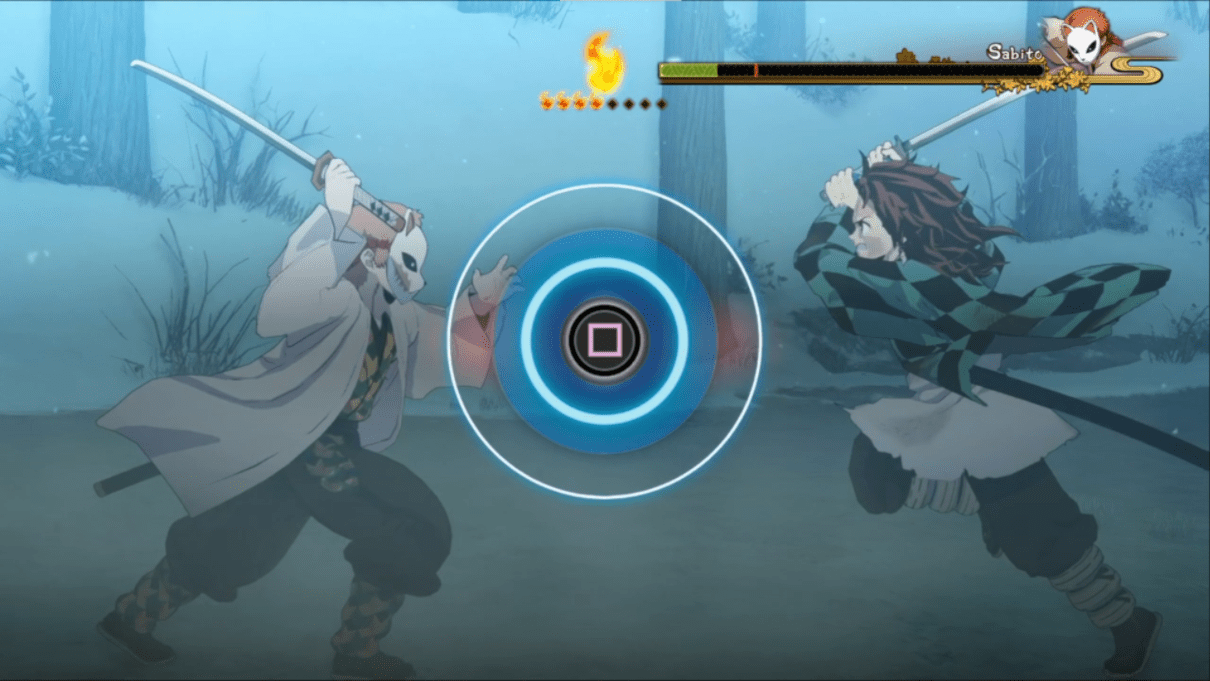
Gameplay – Combat System
The main draw to Demon Slayer: The Hinokami Chronicles is being able to play as your favorite characters in an action-packed fighting game. I’m happy to report the combat system the game provides is easily one of its strongest aspects! CyberConnect2 were never known for designing balanced combat systems; it took them many installments in their Naruto Storm series to fix the broken mechanics they introduced, for example. All this experience was very fruitful though, as the mechanics and combat in Demon Slayer: The Hinokami Chronicles are the best the studio has ever crafted!
Players pick two characters, with one acting as a support to help extend combos or save you from an opponent’s combo. Battles take place in a 3D environment, with combatants able to move in any direction within the arena. Movement is mainly done with ground dashes and sidesteps. The ground dash has homing properties, as do your assists, though if an opponent performs a sidestep, it’ll remove the homing properties. Not only can your second chosen character assist you, but you’re also able to switch places with them, allowing them to extend combos or to make previously unsafe moves more reliable. While blocking attacks is an option, you can also push block to add space between you and your opponent, or with good timing, parry their attack and leave them wide open for a combo. And on top of that, you have a blue gauge used for special attacks and a super gauge which you can spend to use your ultimate attack or to boost your attack and speed for a short time.

Though beyond the base combat options, there are much deeper mechanics to play around with. At any time, you can cancel an attack string by sidestepping, jumping, or dashing by spending one bar of your blue meter. This is the same meter used for special attacks, and with you only able to store a maximum of 5 bars, you need to think strategically about how you use it. When you do land a combo, depending on the starting attack you use, a small colored wheel can be seen next to your combo meter. This determines how long you can attack your opponent before they can no longer be damaged. If the gauge is green, which is usually when you successfully parry your opponent, you can perform a very long combo. If the gauge is red, which tends to occur when attacking an enemy from the air, the amount of time you can damage your opponent is greatly reduced. When all of this is put together, it results in one of the most enjoyable fighting games I’ve played in years! It’s quick to learn how to play, though there is enough depth to satiate those who seek it. I can definitely see myself continuing to play Demon Slayer: The Hinokami Chronicles for quite some time!
It’s not perfect though, as there are two serious issues that detract from the combat system’s quality. The first is the character roster: at launch, there are only 12 playable characters to choose from, with 6 of them getting an alternate version with more comical ultimate attacks. It’s not uncommon for a fighting game to have a small roster, but because some of the characters available have very similar special moves between each other, it leads me to believe that the game was intended to have a larger starting roster, but it was forced to release now. This theory is strengthened with the anime adaptation of Demon Slayer starting its anticipated second season a week before the game’s release. On the plus side, we have confirmation that the game will be receiving 6 DLC characters for free, so this lacking roster won’t be a problem for too long.

The other problem is a more troubling issue, one that could impact the game unless it is fixed. On the PlayStation 4 version I’ve experienced and it has been regularly reported by many players that there is a noticeable input delay when inputting moves in battle. This isn’t just limited to online versus play, as this also occurs when playing the game locally. This means that a player’s response time is greatly hindered and in a game that requires precise timing to parry moves, how an issue like this got past testing is baffling! While reports of this delay being present in other versions of the game like the PlayStation 5 and PC are conflicting, it is assumed that the current generation of hardware doesn’t have this input delay. We can only hope that this delay issue is resolved on the PlayStation 4 version, though that isn’t a guarantee.
Gameplay – Online
As someone who’s spent many years playing CyberConnect2’s games online, I am very familiar with how their games perform and unfortunately, the results are quite mixed. For many years, they’ve constantly improved the online options available to players, such as adding lobbies, tournament modes, and a spectator mode. Though when Naruto Shippuden: Ultimate Ninja Storm 4 was released in 2016, many of the options available to players were missing. There was no way to have lobbies of more than 4 people and spectating matches could no longer be done. This was fixed in the game’s Road to Boruto expansion a year later, so you’d think that the studio learned its lesson and aim to not skimp on online options for their later titles, right? Well… let’s just say they somehow found a way to make online play even more restricted!
There are only two ways to play online: ranked matches to prove your dominance in the game’s ranking system and custom matches, where you can change various options and invite a friend to play with… that’s it. I’ve met many amazing people by playing CyberConnect2’s games online, which was thanks to their previous fighting game titles having online lobbies and spectating options. By removing these features and only giving us the barebone options, the community of Demon Slayer: The Hinokami Chronicles is really going to suffer in the long term! For instance, there will be no way to easily organize online tournaments, which will ultimately hurt the game’s potential competitive scene. Just like the input delay problem on PlayStation 4, we can only hope these options are added to the game down the line.

Speaking of that input delay issue again, let’s talk about the game’s netcode. The game uses a delay-based netcode, which I’m sure caused quite a few fighting game aficionados to sigh in unison. Essentially, depending on the connection of your opponent, you’ll either have a decent battle or a game that has massive input delay. When you add the game’s current input delay problem on the PlayStation 4 version, you could suffer an absurd amount of input delay when fighting online! I’ve had many online matches with people in my region and while I got used to it, not everyone will have the patience to do so.
Presentation
If there’s one area that CyberConnect2 never fails to impress, it’s the presentation of their games, and Demon Slayer: The Hinokami Chronicles is no exception. This game is absolutely gorgeous! Cel shading techniques have evolved drastically in the last two decades and some of the best uses of this visual style have blurred the line between 2D and 3D animation. I regularly had to pick up my jaw from the ground with how faithfully some of the shots and characters were recreated from the anime adaptation and in some cases, the game completely outclasses it! And when you consider that I’m comparing CyberConnect2’s efforts to ufotable, one of the best animation studios in the anime industry, that speaks volumes! I regularly had to remind myself that this wasn’t a 2D animated game with how well the anime’s art style transitioned to a 3D space! The animation work, whether it be a comedic story sequence or an ultimate attack with unbelievably impressive production values, was outstanding! It’s not perfect though: while the environments you’ll explore in the story mode are all unique and packed with detail, I noticed a few moments of texture pop-in. But this is a minor nitpick when compared to how incredible the game looks in motion!

Surprisingly, the loading times were quite respectable, even on the PlayStation 4. They took around 10-15 seconds, regardless if it was a story mode cutscene or a multiplayer match, so major props to the optimization on older platforms! The game runs at a solid 30 frames a second. While some people will scoff at that, especially with it being a fighting game, I found it gave the game a cinematic feeling and helped it further match the original source material!
The sound is also a highlight! Not only does the game utilize some of the pieces from the now-famous anime soundtrack, the original compositions for the game perfectly match the tone too and I never got tired of hearing the same battle music when fighting my friends online for over 20 matches in a row! In a rare move for a licensed anime title, the game also received a dual audio track with both English and Japanese voice acting available right out of the box. While I originally watched the anime in its native Japanese language, the English voice cast does a solid job, with Bryce Papenbrook as Inosuke being a clear highlight for me! It couldn’t have been easy to capture the character’s constant chaotic energy, but I think Byrce absolutely nailed it with his performance! Though I do have to bring up Zach Aguilar’s portrayal of the series’ protagonist, Tanjiro. While he does a decent job for the most part, whenever he had to yell or show intense emotions like anger or crying, the tone and delivery don’t match the rest of his performance. It got to the point where when these moments occurred, he almost sounded like he was playing a completely different character, and it was extremely distracting!

Verdict
I’ve got to be honest with you, I’m put between a rock and a hard place with Demon Slayer: The Hinokami Chronicles. This is a 3D fighting game from one of my favorite game studios with a popular anime franchise backing it; it sold me from the very moment it was announced back in March 2020! The fact it was published by one of my favorite game companies, SEGA, didn’t hurt matters either! I’ll admit, I had a blast of a time playing it, even though I’m not the biggest fan of Demon Slayer when compared to Naruto, but there are some inexcusable problems that hold it back from excellence. The lack of online options, the input delay, and the slow-paced story deter me from making a solid recommendation, but I know more than anyone that there is a market for a game like this.
If you’re the slightest bit curious about this game, I implore you to give the manga or anime a try and see if it’s your thing. If you like it, great! This game was tailor-made for you and you won’t regret your purchase! If you’re someone who wants to dabble your toes into fighting games but are afraid of the heavy time commitment to play them at a competitive level, this is definitely a game I’d recommend as an entry-level fighter. But I must warn you: there are imperfections present and you’ll have to accept them to see the quality title that’s buried within, especially if you intend to play it on the last generation of consoles.

DEMON SLAYER: THE HINOKAMI CHRONICLES IS RECOMMENDED

If you enjoy Fighting games, then perhaps you’d like our review of Guilty Gear -Strive-.
Want to check out another view on the game? Our friends over at Get A Life Podcast posted an episode about it too.
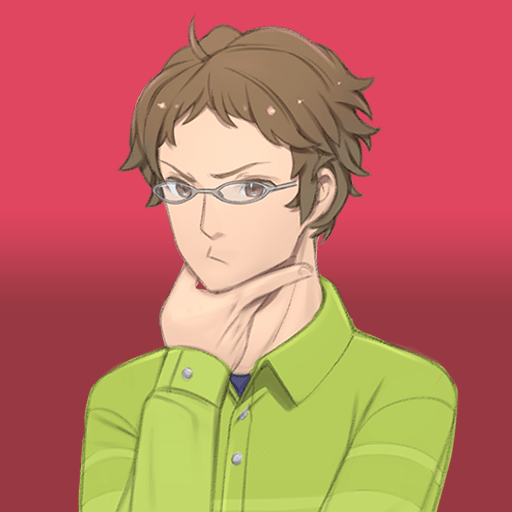
An anime/gaming aficionado, experienced content creator and lovable goofball. Name a game genre and Seamus has likely played it… yes, even that one. Follow him @TrueStorySeamus

